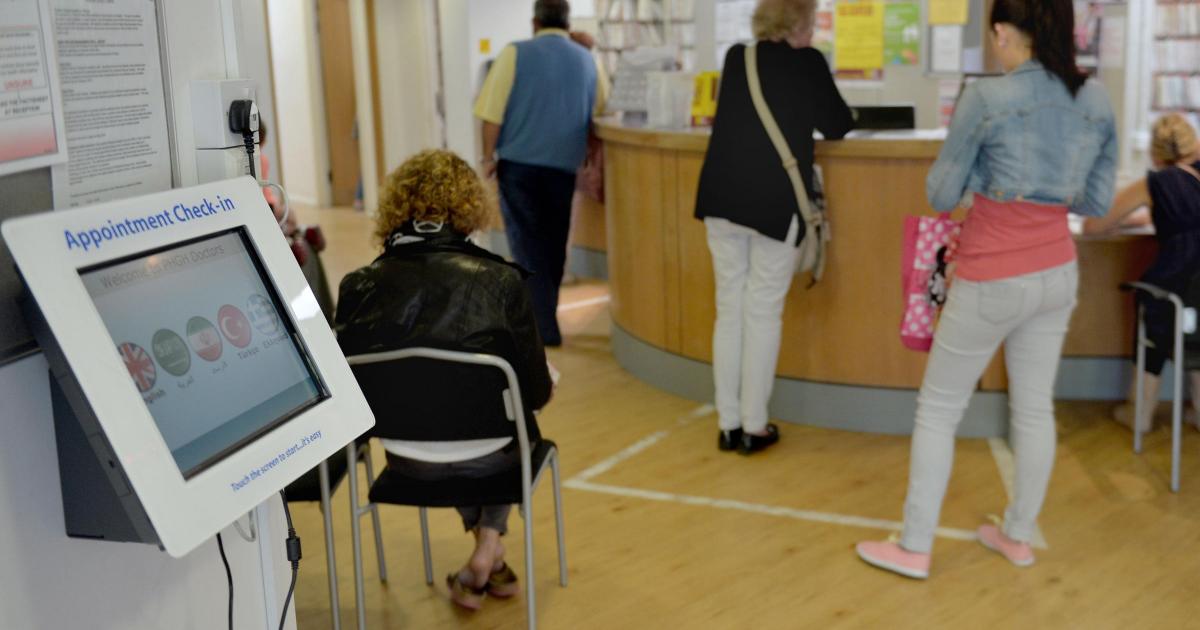The public’s top priority for the NHS is making it easier to access GP appointments followed by improving A&E waiting times and reducing the number of staff leaving the NHS, the Health Foundation think tank found.
Prime Minister Sir Keir Starmer’s “plan for change” pledged that by July 2029, 92% of patients will be seen within 18 weeks for routine hospital treatment such as hip and knee replacements.
🎯 Our Elective Reform Plan will cut waiting times from a maximum of 18 months to 18 weeks, helping patients get faster diagnosis and treatment.
This is part of our Plan for Change to rebuild the health system.
Read: https://t.co/gbMUDkFMzq pic.twitter.com/iBBsqmHPhU
— Department of Health and Social Care (@DHSCgovuk) January 6, 2025
But cutting waiting times for routine hospital services ranks only fifth for the public in terms of NHS priorities, the poll suggests.
Researchers found that public confidence in the Government’s NHS policies “remains low” after just over half (53%) said they disagree that the Government has the right policies for the health service, compared to 16% who agree.
They said that public perceptions of the NHS “remain negative overall” but there are some signs that views are “slowly improving”.
Some 83% feel the NHS’s standard of care has stayed the same or worsened in the past year, with 41% anticipating further decline in the next 12 months.
But a slightly larger proportion of people believe care has improved compared to November 2024, up from 8% to 13%, according to the survey which was conducted on 2,200 UK adults by Ipsos in May.
The survey found that people’s experiences of how their local NHS is performing are more positive compared to the NHS as a whole.
The poll also revealed concerns for the NHS’s future, with a quarter (26%) saying that they disagree that the health service will provide a comprehensive service available to everyone in five-years time, and 21% disagree that it will remain free at the point of delivery.
But the majority still believe in the NHS’s founding principles, that it should be free at the point of delivery; provide a comprehensive service for all and that it should primarily be funded through taxation.
The authors acknowledge that the polling was performed before the Government’s 10-Year Plan for the NHS was unveiled.
Meanwhile the public is “largely pessimistic” about social care, the authors said, with the majority of people in England thinking that the state should have a bigger role in funding care than it currently does.
Half (51%) disagree that the Government has the right policies for social care.
“Labour’s prospects of re-election could hinge on the public seeing and feeling the benefits of the Government’s vision for the health service,” the authors wrote.
“Even if recent signs that services are recovering can be sustained, policymakers also need to be able close the gap between public perceptions and how health and care services are actually performing.”
Tim Gardner, assistant director of policy at the Health Foundation and one of the authors of the report, said: “Overall, the public mood on health and care remains largely downbeat but there are signs that perceptions are slowly improving.
“The challenge for government will be convincing the public that their plans will deliver tangible improvements in the areas they care most about.
“While the Government has made improving NHS waiting times its headline pledge, the public’s top priority remains easier access to GP services with tackling elective waiting times only fifth among their biggest concerns.
“Tackling unacceptably long waits for routine hospital treatment is essential, but resources are constrained and trade-offs are inevitable, so the risk is that slower progress is made on delivering the priorities that matter most to the public.”
Commenting on the survey, Professor Kamila Hawthorne, chairwoman of the Royal College of GPs, said the Government should “take note” of the findings, adding: “We understand just how much our patients value the care and services GPs and our teams provide and as GPs, we’re just as frustrated when they struggle to access safe and timely person-centred care.”
Daniel Elkeles, chief executive, NHS Providers, added: “Stretched NHS services are working hard to turn the tide on falling public satisfaction and trusts are working flat out to give patients the best care possible.”
Patricia Marquis, executive director of the Royal College of Nursing in England, said: “In general practice, nurses deliver one in five appointments and in A&E provide the vast majority of care.
“In both, however, we know there are not enough staff or capacity to meet demand. There is no hope of delivering on the public’s priorities without addressing these challenges and investing in nursing.”
A Department of Health and Social Care spokesperson said: “This Government is turning around over a decade of neglect, fixing the front door to the NHS and making it fit for the future.
“We’re listening to people’s priorities, putting GPs at the heart of our shift to neighbourhood health services as part of our 10-Year Health Plan, and we’re already making progress.
“We’ve recruited more than 2,000 extra GPs in the past year, delivered a record £1 billion boost and funded vital upgrades to surgeries, as well as cutting red tape so doctors can spend more time caring for patients.”


